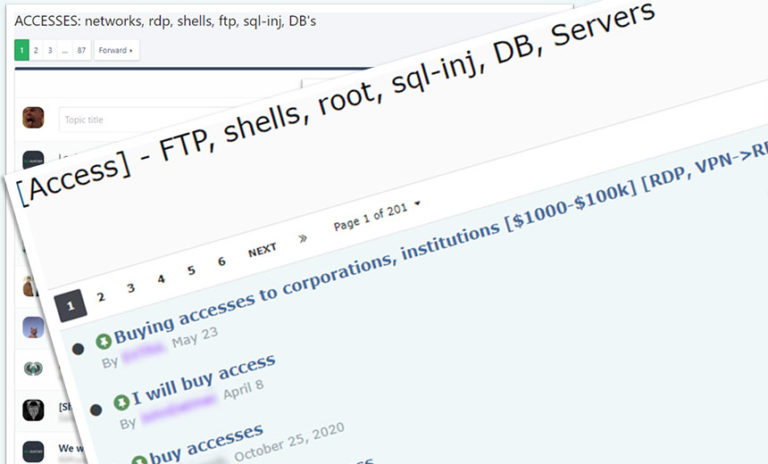Financial Service versus Fraud – the Battle Continues
Finance & Banking
,
Fraud Management & Cybercrime
,
Fraud Risk Management
How Banks and Insurance Providers can Leverage Modern Solutions for Modern Fraud

Where there is money and people, cyber crime isn’t usually far behind, and this was exacerbated in 2020 when financial institutions (FIs) were knocked sideways by the pandemic. Business processes were significantly disrupted by office closures and the need to adapt back-end IT systems, while remote workers were targeted with information-stealing malware, ransomware and other serious cyber threats. On top of this their customers were callously targeted by fraudsters as the crisis forced people online more than ever before. This fast became apparent during our ongoing conversations with our customers. However, to understand the sheer scale of the problem, we conducted a survey of 902 FIs and 2,000 consumers in the US and UK to get a clear view of the current, post-COVID, threat landscape.
See Also: How IT Resilience Gaps Impact Your Business
Surging commerce, surging crime
Unsurprisingly, the picture was one of surging ecommerce use among consumers. With high streets locked down, our day-to-day lives relied heavily on shopping online. We found that over a third of consumers (36 per cent) now do all their shopping online and trips to the virtual store have increased for 33 per cent, trends we expect to see continue well into the future. But coinciding with this was the somewhat frightening statistic that almost a fifth (19 per cent) of UK and US FIs didn’t feel confident in their ability to protect customers throughout last year. Something clearly has to change to restore a more solid and manageable cyber crime environment for banks.
For those prepared to take a more proactive approach to fraud prevention, there are potentially big wins ahead. Of course, out of every crisis, potential opportunity is born.
For those prepared to take a more proactive approach to fraud prevention, there are potentially big wins ahead. Of course, out of every crisis potential opportunity is born. Despite these financial headwinds, new ways are emerging for FIs to differentiate on the quality of fraud prevention and outreach they can provide to customers. Although digital commerce offers a wealth of opportunities for quick-witted fraudsters, banks can also start to capitalise on these emerging trends with outreach programmes and enhanced customer education.
Modern solutions for modern fraud
Static, rules-based approaches to fraud prevention are increasingly incapable of keeping pace with the complexity and speed of modern fraud patterns. Many either add too much friction to the customer journey or else allow false negatives to sneak through, both of which can have major financial and reputational implications. On the other hand, predictive analytics and machine learning systems monitor for suspicious behaviour and can be continually optimised to evolve in line with fraud trends. They crunch huge volumes of structured and unstructured data to provide a 360-degree view of each customer, from which more accurate judgements can be made about the risk posed by each transaction. Only those deemed high risk need to be escalated for investigation or additional authentication, which will help keep customer friction low.
It’s this kind of intelligent risk-based approach that will put banks in pole position when delayed strong customer authentication (SCA) rules that have been further delayed until March 14th 2022 come into effect, as part of the new rules under the second payment service directive (PSD2).
With over three-quarters (77 per cent) of FIs surveyed worried about the continued rise of cyber security and fraud threats over the course of this year, it will be those that turn these concerns into a proactive overhaul of existing cyber crime strategy who will be seen as differentiators and standout by meeting the demands of a new generation of fraud-aware customers.






